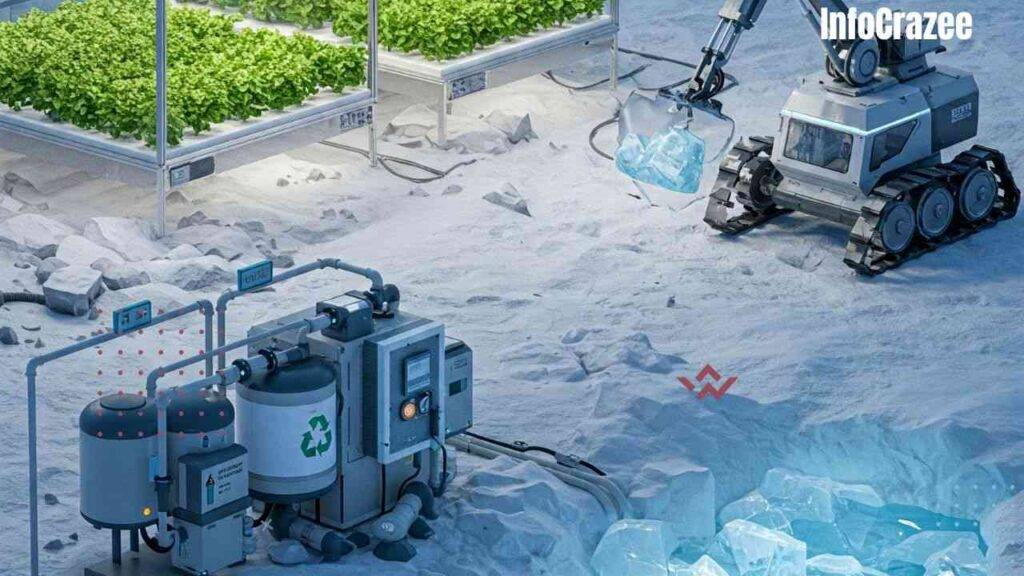Can We Really Live on Mars? How Future Tech Could Make It Possible
For years, Mars has captured our imagination. It’s the red planet we see in sci-fi movies, the one we dream about exploring someday. But here’s the real question: can we actually live on Mars? Not just visit, but build homes, grow food, and make it our second home?
It might sound like a far-off dream, but thanks to future tech and some incredibly smart minds, living on Mars could be closer than we think. Let’s break it down and explore what it would really take—and how it might actually happen.
Why Mars?
You might wonder, why not just stick to Earth? Good question! But there are a few reasons Mars keeps coming up:
- It’s relatively close (in space terms)—about 55 million km away at its nearest point.
- It has day and night cycles similar to Earth.
- There’s some water in the form of ice.
- And honestly, we humans just love a good challenge.
Mars is the most Earth-like planet we’ve found so far, but let’s be clear—it’s not cozy. The average temperature is around -60°C, the air is mostly carbon dioxide, and there’s no breathable oxygen. So, living there won’t be easy. But it’s not impossible either.
What Would We Need to Survive on Mars?
To live on Mars, we’d need to solve a few major problems. Think of it like building a totally new life from scratch—without the usual comforts.
1. Breathable Air
The Martian atmosphere is about 96% carbon dioxide. Not great for breathing.

Solution in progress:
NASA’s MOXIE experiment (on the Perseverance rover) is already testing ways to turn carbon dioxide into oxygen. It’s a small step, but it shows promise.
2. Safe Shelter
You can’t just pitch a tent and call it a day. Mars has high radiation levels and dust storms that can last for weeks.

Future tech to the rescue:
- 3D-printed homes made from Martian soil.
- Underground habitats to block radiation.
- Inflatable living modules transported from Earth.
3. Food and Water
We can’t survive on freeze-dried meals forever. Growing food on Mars is key.

Possible solutions:
- Hydroponic and aquaponic farms inside habitats.
- Recycling water from waste, just like astronauts do on the ISS.
- Melting ice from beneath the Martian surface.
4. Power Supply
Everything—air, lights, food systems—needs energy.

Power ideas:
- Solar panels (Mars gets sunlight, just not as much as Earth).
- Compact nuclear reactors for consistent power, especially during long dust storms.
How Future Tech Could Make Mars Home
Tech companies and space agencies aren’t just daydreaming—they’re building the future of Mars right now.

SpaceX: The Big Player
Elon Musk’s SpaceX is developing the Starship, a reusable rocket designed to carry up to 100 people to Mars. His goal? A self-sustaining city on Mars by the late 2030s. It sounds wild, but SpaceX has already made impressive progress in rocket reuse and space cargo.
AI and Robots as Mars Helpers
Before people move in, robots will be doing the heavy lifting:
- Building shelters.
- Setting up solar panels.
- Digging for water and minerals.
AI will help manage life-support systems, monitor health, and even grow crops—just like a super smart assistant who never sleeps.
Space Farming: Not Just Sci-Fi
Experiments on the International Space Station have already shown that we can grow lettuce, radishes, and even zinnias (yes, the flower!) in space. This means Mars gardens aren’t just possible—they’re in the works.
Real Talk: The Challenges Ahead
Let’s not sugarcoat it. Living on Mars won’t be like a Martian vacation. Some real hurdles include:
- Health risks from long-term radiation exposure.
- Mental health challenges from isolation and confined living.
- Communication delays (messages between Earth and Mars can take up to 20 minutes one-way).
But every big step in human history came with risks—from sailing across oceans to landing on the Moon. Mars could be the next giant leap.
When Could This Actually Happen?
Optimists like Musk say we might land the first humans on Mars in the 2030s. More cautious voices suggest we’re looking at 2040 or beyond for long-term settlement.
Either way, the journey has already started.
Want to Be a Martian? Here’s What You’d Need:
If you’re dreaming of joining the first Mars crew, you might want to:
- Stay fit and healthy—astronauts train hard.
- Study science, engineering, or agriculture.
- Learn to solve problems with very few tools (think: fixing a spaceship with duct tape!).
And maybe most importantly, have a sense of adventure.
Final Thoughts
Living on Mars is no small dream. But it’s not as far-fetched as it once seemed. With the right technology, smart planning, and a whole lot of teamwork, we might one day call Mars home.
And just imagine the view—sunsets on a red horizon, Earth just a tiny dot in the sky. It could be the adventure of a lifetime.
3 Common Questions About Living on Mars
Q1: How long does it take to get to Mars?
A: Depending on the planets’ alignment, it takes about 6 to 9 months to travel to Mars using current rocket technology.
Q2: Can we grow food on Mars?
A: Yes, but not outdoors. Scientists are developing indoor farming systems using hydroponics, recycled water, and artificial light to grow crops inside protected habitats.
Q3: Will Mars have cities like Earth someday?
A: That’s the dream! Experts hope to build small settlements first—maybe a few dozen people—and then scale up over decades. Think of it like building a town in the middle of a desert, one building at a time.
Enjoyed this article? Stay curious and keep exploring with us at infocrazee—where big ideas come down to Earth.
Let me know if you’d like this formatted for your blog, or want to add visuals, fun facts, or links to current Mars missions!






